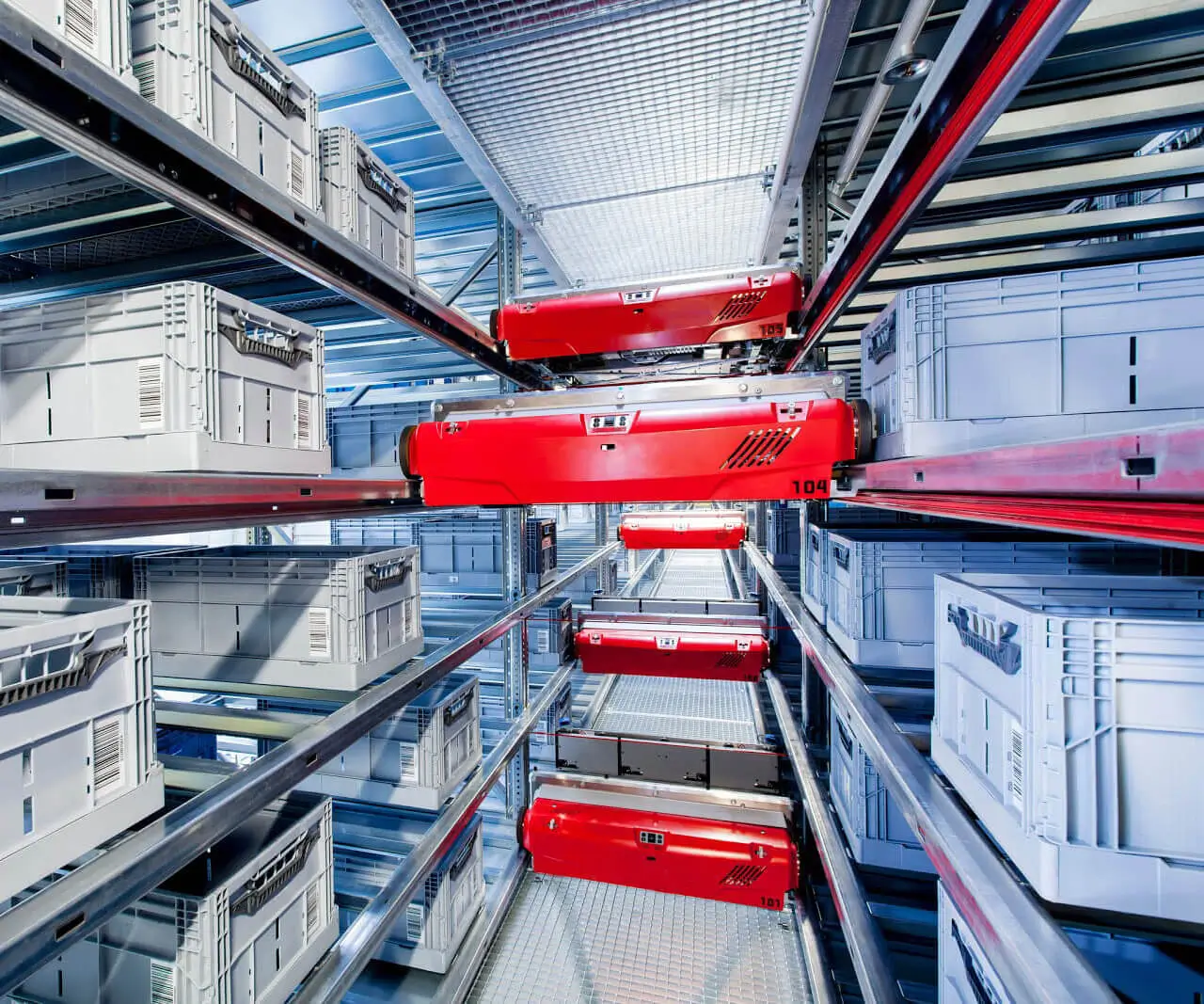part 1:
Unlocking Creativity with Servo Motors and Arduino Uno: A Beginner’s Guide to Precise Motion Control
In the vast universe of electronics and DIY robotics, few components spark as much excitement as the servo motor paired with the versatile Arduino Uno. Together, they form a dynamic duo capable of transforming simple ideas into sophisticated, functional projects. Whether you’re an aspiring hobbyist, an educator, or an engineer exploring new horizons, understanding how to leverage these tools unlocks endless possibilities for innovation.

What is a Servo Motor?
Imagine a tiny, powerful muscle inside your favorite robot or automated device. That’s precisely what a servo motor is—a specialized rotary actuator designed for precise control of angular position. Unlike typical DC motors that spin endlessly when powered, servo motors are built with feedback mechanisms that constantly monitor and adjust their position, providing accurate, repeatable movement.
Typically, a servo motor consists of a DC motor, a gear train, a position sensor (like a potentiometer), and a control circuit. When you send a signal to the servo, it calculates the difference between its current position and the commanded position, then adjusts accordingly. This closed-loop control makes servo motors perfect for applications where precision and repeatability matter—think robotics, camera gimbals, RC vehicles, or even automated art projects.
Why Choose an Arduino Uno for Your Projects?
The Arduino Uno is often the starting point for beginners venturing into microcontroller territory. Its user-friendly design, extensive community support, and low cost make it an ideal platform for experimenting and learning. With a dozen digital I/O pins, analog inputs, and plenty of shields and accessories, Arduino Uno can handle almost any small automation task—especially controlling servo motors.
What makes Arduino Uno particularly suitable for servo projects is its compatibility with easy-to-use libraries like Servo.h. This library abstracts much of the complexity involved in controlling servos, allowing you to focus on your project rather than wrestling with low-level code. Plus, its open-source nature means you can find countless tutorials, forums, and example codes to help you troubleshoot and innovate.
Connecting a Servo Motor to Arduino Uno
Getting started is straightforward. The typical servo motor has three wires: power (usually red), ground (black or brown), and signal (white, yellow, or orange). Connecting it to your Arduino Uno involves:
Power (Vcc) wire to the 5V pin Ground (GND) wire to a GND pin Signal wire to a digital pin capable of PWM (Pulse Width Modulation), such as pin 9
Once connected, you can control the servo's position by sending it specific PWM signals. The Servo.h library makes this as simple as calling write(angle) functions in your code.
Basic Arduino Code for Controlling a Servo
Here’s a quick example to move a servo from 0 to 180 degrees:
#include Servo myServo; void setup() { myServo.attach(9); // Attaches the servo on pin 9 } void loop() { for (int pos = 0; pos <= 180; pos += 1) { myServo.write(pos); delay(15); // Wait 15ms for the servo to reach the position } for (int pos = 180; pos >= 0; pos -= 1) { myServo.write(pos); delay(15); } }
This simple code sweeps the servo from one end to the other repeatedly, demonstrating how smooth and controllable the movement can be.
Applications of Servo Motors with Arduino Uno
With this foundation, you can explore countless applications:
Robotics: Create robotic arms with precise movement, grippers, or mobile robots with steering capabilities Camera Gimbals: Stabilize cameras by controlling pan and tilt mechanisms Automated Gates: Use sensors and servos to open and close doors or gates Interactive Art: Develop kinetic sculptures that respond to sound or user input Educational Kits: Design fun projects to teach electronics and programming fundamentals
Benefits and Limitations
While servo motors are incredibly useful, they’re not a one-size-fits-all solution. They excel at precise, controlled rotation within a limited range, generally up to 180 degrees. Their torque and speed depend on the model, and high-torque servos can be expensive. Additionally, controlling multiple servos simultaneously can strain the Arduino’s processing capacity unless careful power management is employed.
Powering Your Servos Safely
One often-overlooked aspect is power supply. Servos can draw significant current, especially under load. It’s best to power servos from a separate power supply rather than the Arduino’s 5V pin to prevent voltage dips or resets. Ensure common ground between the power source and the Arduino to maintain consistent signal levels.
Next Steps in Your Servo and Arduino Journey
Now that you grasp how basic servo control works, the next steps involve exploring advanced topics—such as feedback systems, sensor integrations, or controlling multiple servos simultaneously with PWM multiplexing. You might even start designing your own robotic project, combining sensors, motors, and coding logic.
Stay tuned for Part 2, where we delve into troubleshooting common issues, advanced control techniques, and inspiring project ideas that will elevate your skills beyond fundamentals.
Leveraging innovations in modular drive technology, Kpower integrates high-performance motors, precision reducers, and multi-protocol control systems to provide efficient and customized smart drive system solutions.




































